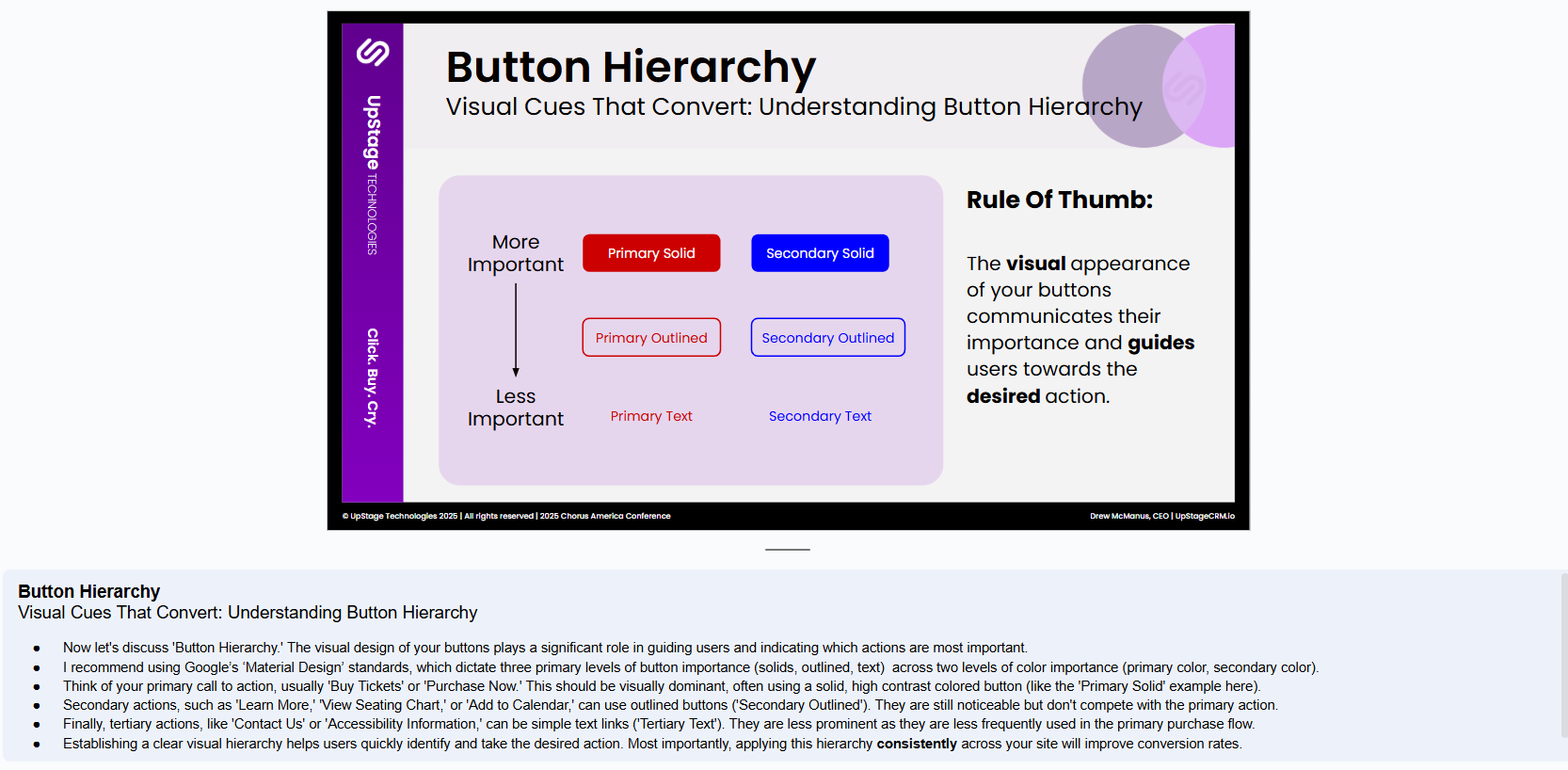Earlier this month, Colleen Dilenschneider and IMPACTS Experience released data on exclusive access being a membership benefit that was important to high value museum members.
I wasn’t really sure that I would find anything in the article that piqued my interest so I didn’t prioritize reading the research. But it turns out there was one thing that caught my attention and made me wonder if it held true among performing arts audiences.
Apparently people who join at membership levels of $250 or more view themselves as donors rather than members and have similar expectations donors have. (Dilenschneider’s bold, my italics)
We tend to see in the data that individuals purchasing memberships at the $250 price point or above consider themselves to be donors more than members. Yes, they know that they are technically members, but their expectations align more closely with those of a donor than a member at a lower price point.
If people see themselves as donors to our organizations, then it’s often beneficial to treat them this way to not only meet expectations but to cultivate further support. Your museum might consider members and donors to be different people, but research indicates that this may be a false categorization on the part of museums. Higher level members tend to view themselves as donors.
It bears paying attention to this because another thing IMPACTS found was that member households with an income of $200,000 or more value priority/exclusive access and members-only events over free admission. This is not to say they aren’t happy to have free admission, this group tends to want deeper access than households with incomes less than $200,000.
Something I was curious to know was whether this tendency was associated with income or was in tandem with the amount they gave. As mentioned earlier people with memberships of $250+ view themselves as donors deserving of donor type treatment. However, if a household making $200,000 has a $150 membership, do they have an expectation of access to exclusive experiences. I imagine people who spend more would expect more, but I was interested to know if the expectation was more closely associated with household income level regardless of membership level.
Dilenschneider acknowledges some organizations may feel they don’t have the time and resources to meet these higher expectations on a daily basis. She points out that these members and donors are what keep the lights on and the doors open. She notes their research shows that the top three increases in museum membership complaints since 2019 have been lack of special access (member hours, member entrance, member events), not being able to skip the lines, and solicitation phone calls. (the phone calls are #2 between special access and skipping lines).
This represents an aspect of the growing tension between funder expectations and organization desire to focus on the core mission activities. This manifests not only in terms of organizations preference that they not have to provide so much special treatment to donors, but also from a desire to provide consolidated, streamlined grant applications and final reports rather complete the multiple forms and formats of each funder.
Dilenschneider’s own research has shown visitors, especially among younger age cohorts, value organizations that are mission focused in their activities and communications. So museums may find themselves caught trying to devote resources to both mission focused experiences and special membership access experiences.



Thanks for what you are doing to bring cultural change to the arts. It is so important to represent everyone.…